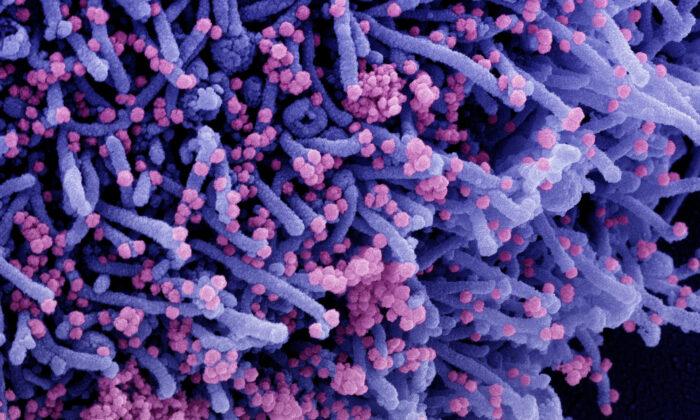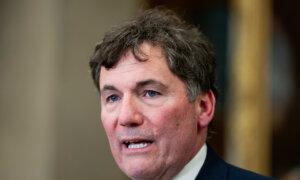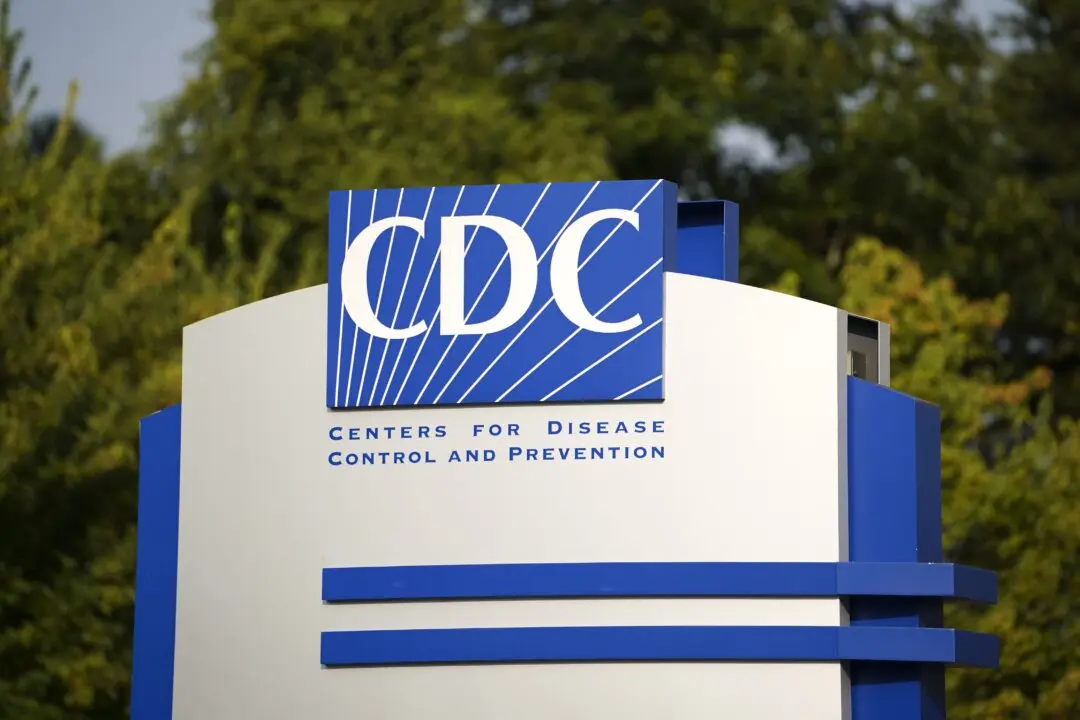A top scientist said in newly disclosed testimony that a lab origin for the virus that causes COVID-19 is possible, citing how Chinese scientists operated in less-than-ideal conditions.
“You can’t rule that out,” Ralph Baric, a University of North Carolina professor and member of the U.S. National Academy of Sciences, said in the testimony.
Mr. Baric pointed to how researchers at the Wuhan Institute of Virology, located near where the first cases of COVID-19 were detected, conducted experiments on viruses under biosafety level two conditions, rather than the biosafety level three conditions typically employed elsewhere.
Ms. Zhengli and other scientists in Wuhan were doing culturing work under biosafety level two conditions into 2020, “which I thought was irresponsible,” Mr. Baric said. That was “one of the main reasons why I felt that the potential laboratory escape hypothesis shouldn’t be, in essence, put under the rug.”
Mr. Baric, who holds a doctorate in microbiology, told the subcommittee that he favored the theory that SARS-CoV-2, the virus that causes COVID-19, has a natural origin due in part to the odds being tilted that way.
“What’s more likely, is it a lab leak or is it natural processes? You’re looking at ... a million exposures [between nature and humans] occurring over 17 years versus what happens in a laboratory setting,” Mr. Baric testified. He said that the diversity in nature ran hundreds of millions of times larger than the viruses in the Wuhan Institute of Virology. “If you consider that, it’s more likely to be a natural event than it is to come out of the laboratory,” he said.
Experts around the world remain divided on the origins of the pandemic. Some believe the available evidence supports a lab origin, highlighting how Chinese authorities destroyed evidence from the Wuhan Institute of Virology and the lower safety standards there. Others say data from a wet market in Wuhan suggest a natural origin.
Mr. Baric said he reviewed the data from the market and described it as showing the market was a “site of amplification.” But he noted that the studies suggest cases there didn’t appear until December 2019, while other papers have indicated cases started earlier in China.
“Clearly, the market was a conduit for expansion,” he said. “Is that where it started? I don’t think so.”
“I just don’t think the data are there to support that. And I think that the evidence that this came from a natural spillover is huge and growing every week,” he added.
Xavier Becerra, the U.S. health secretary, said at a summit in April that any ideas about the origin are “speculation” because China has withheld some data. “We’re never going to quite know unless China opens up some more,” he said.







